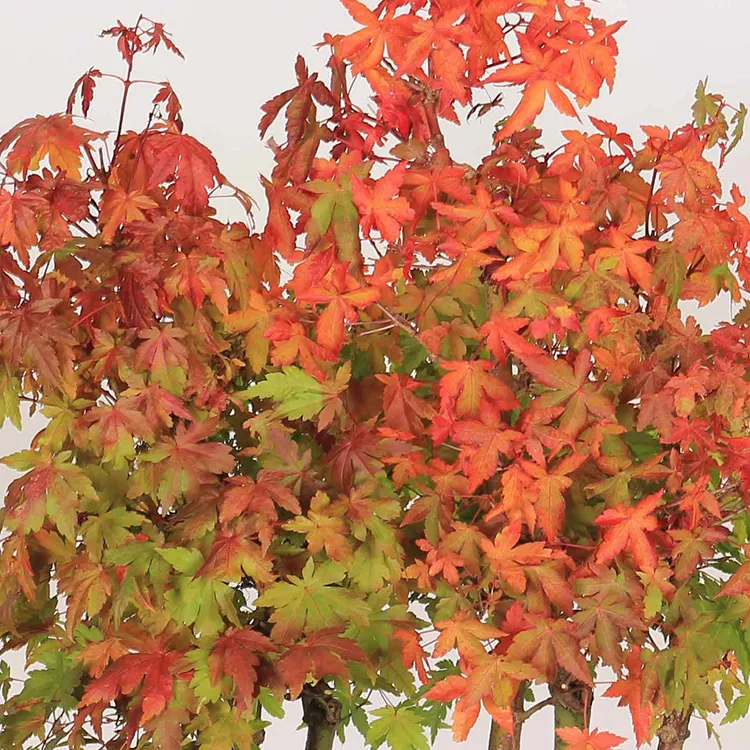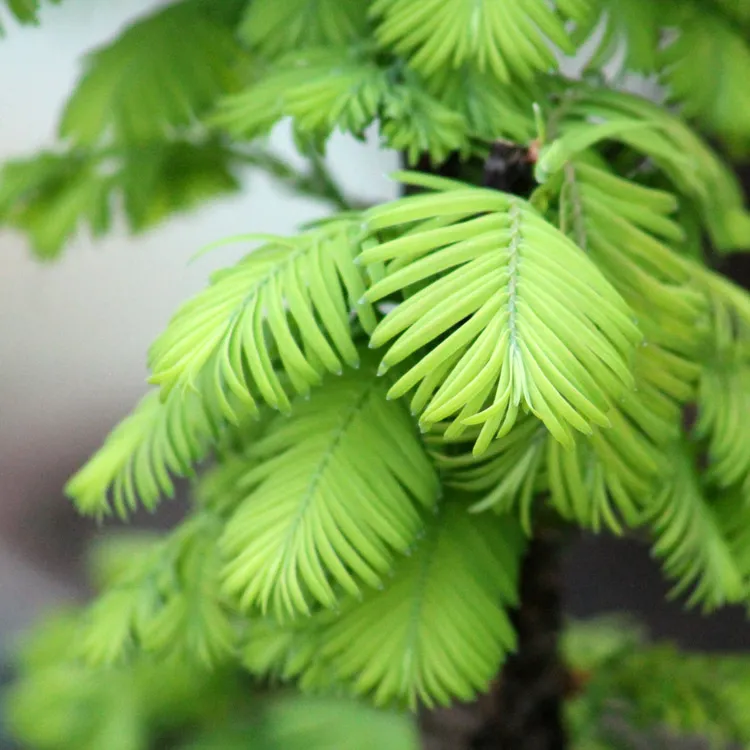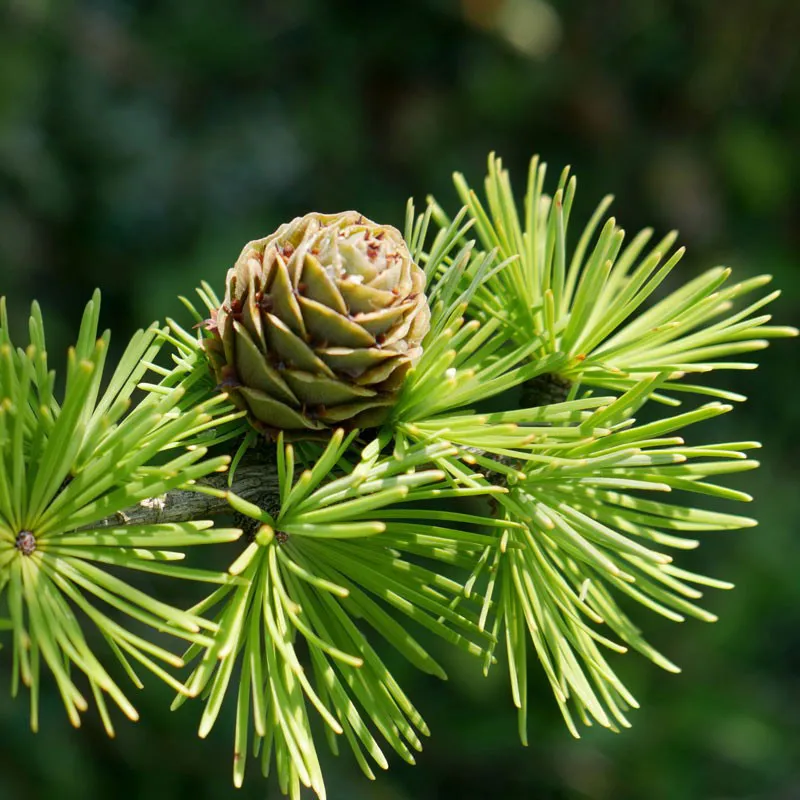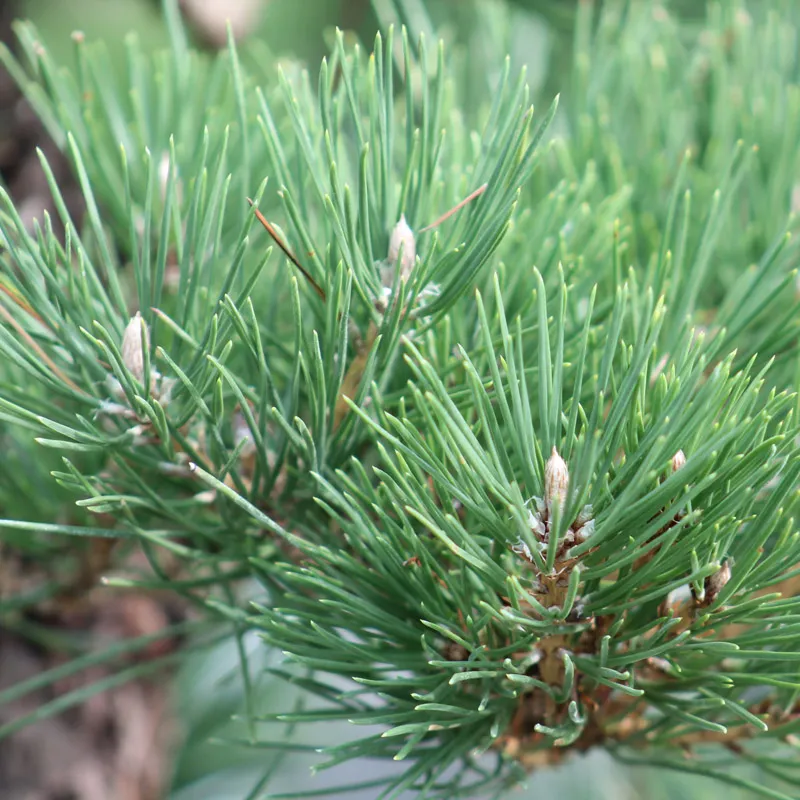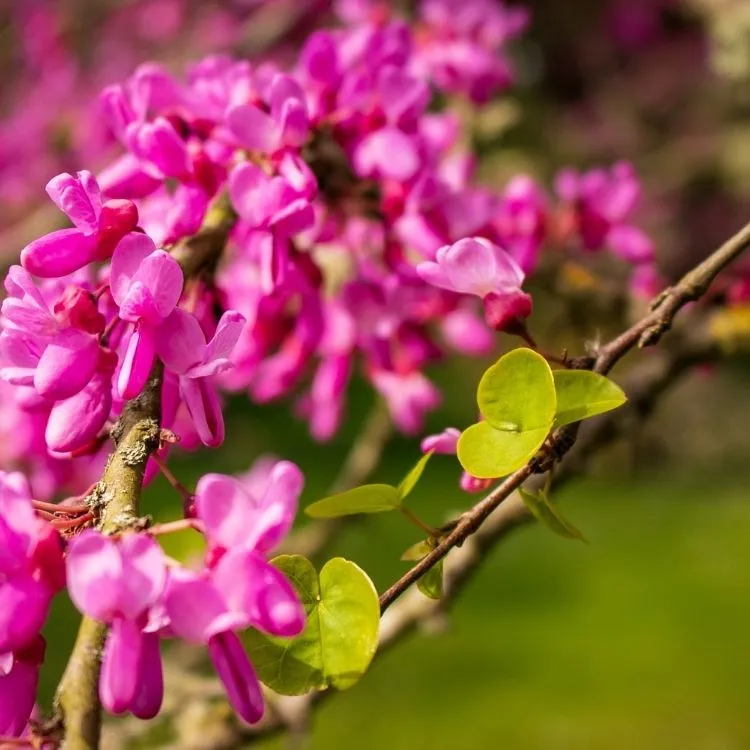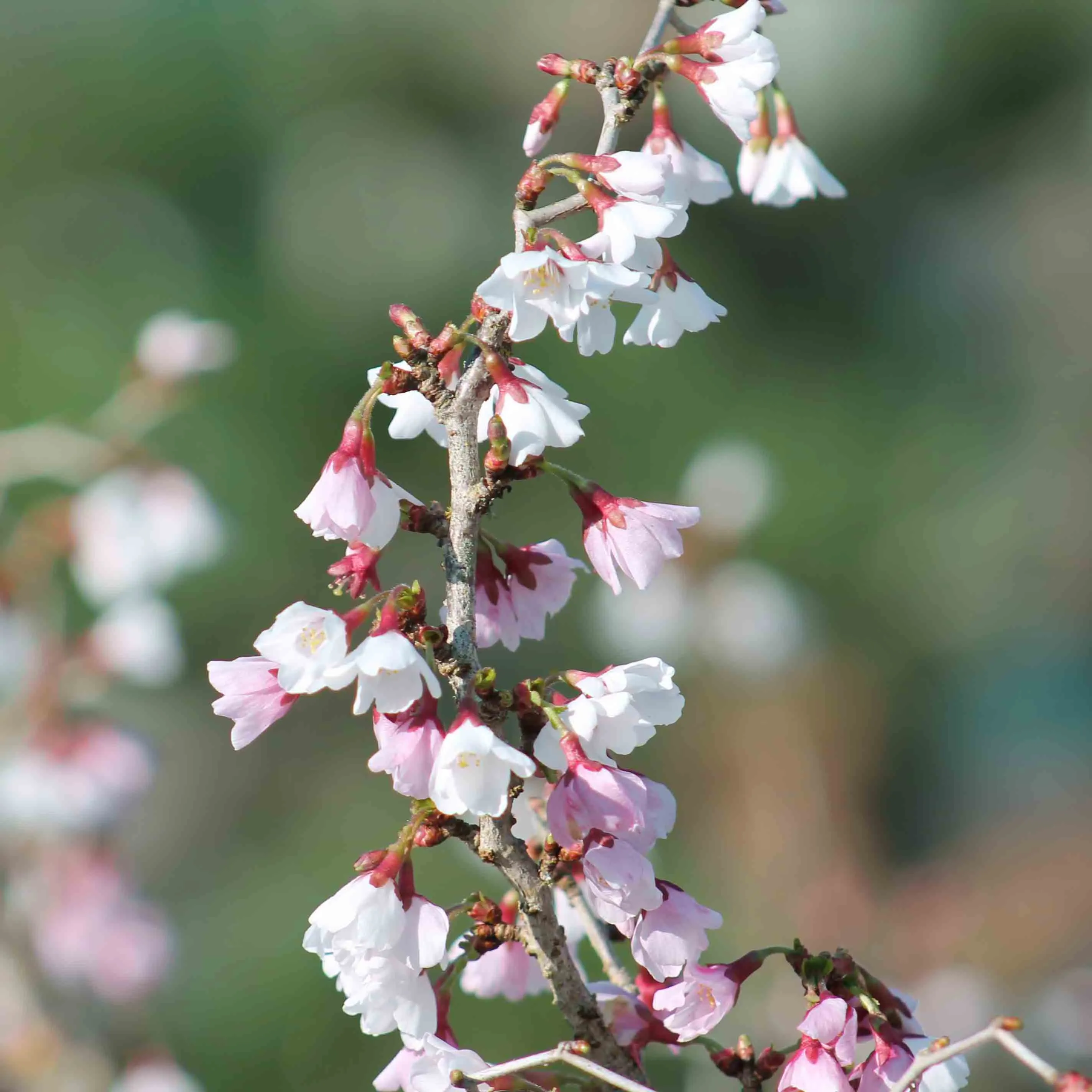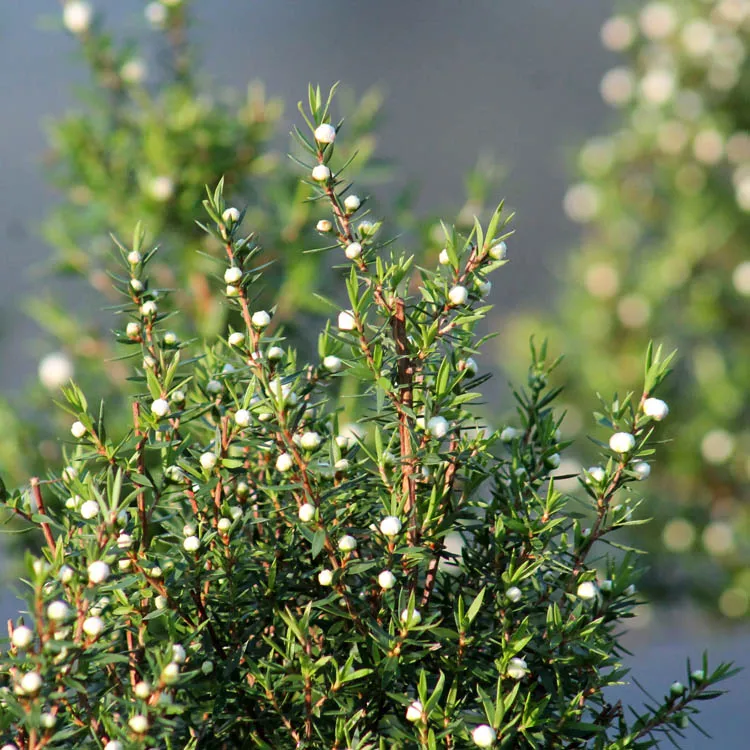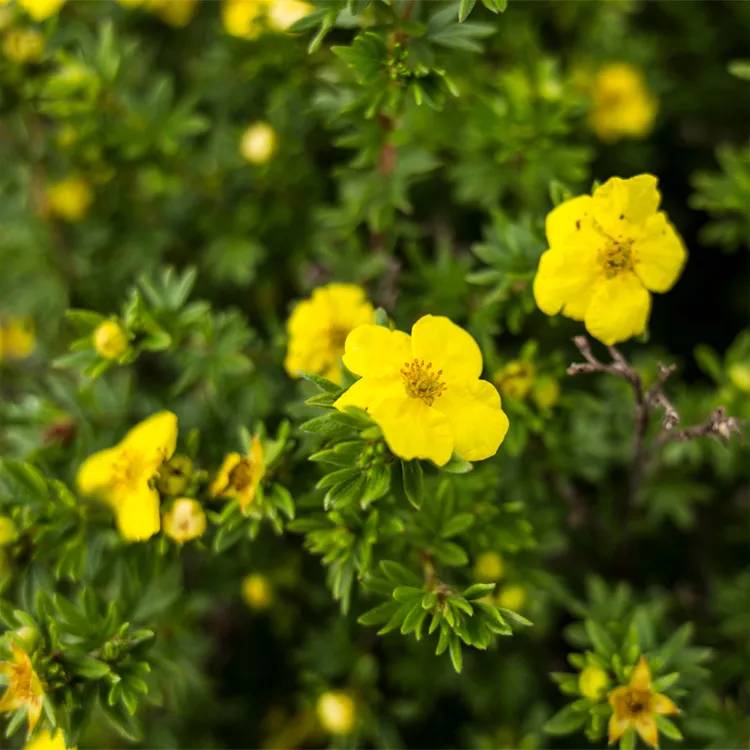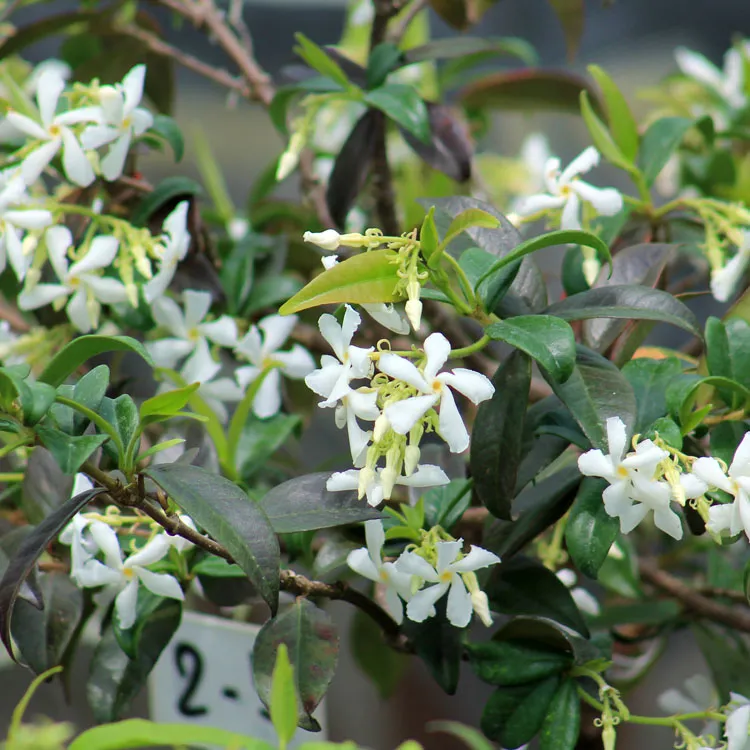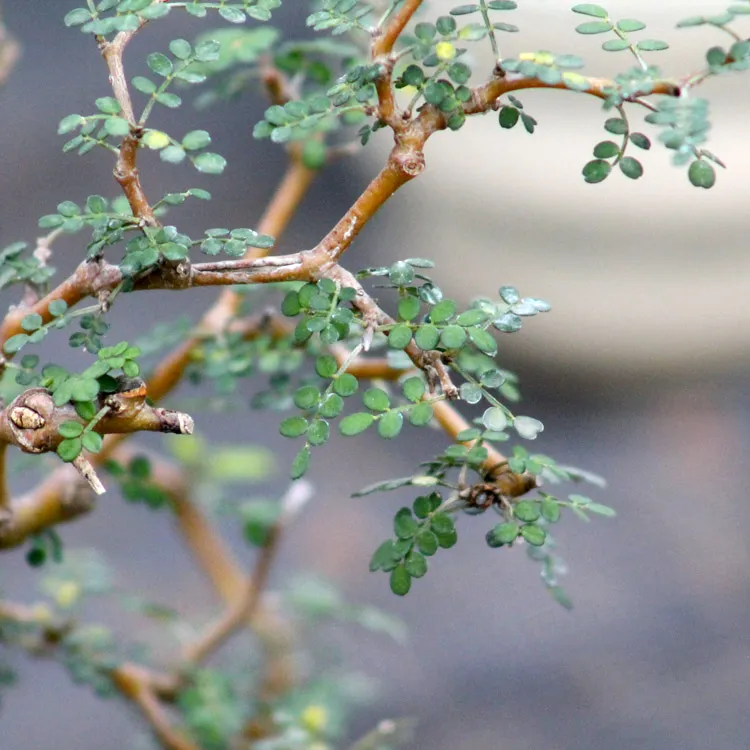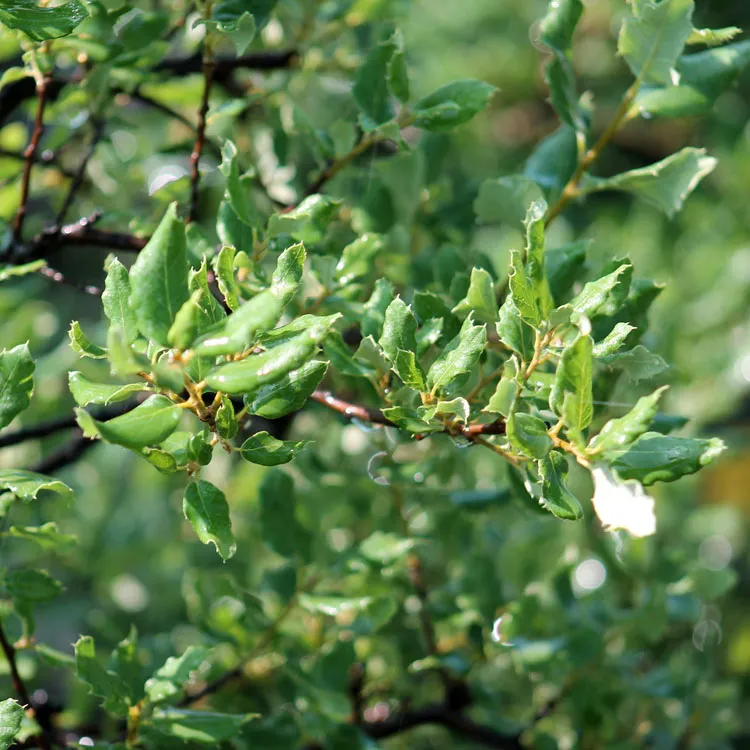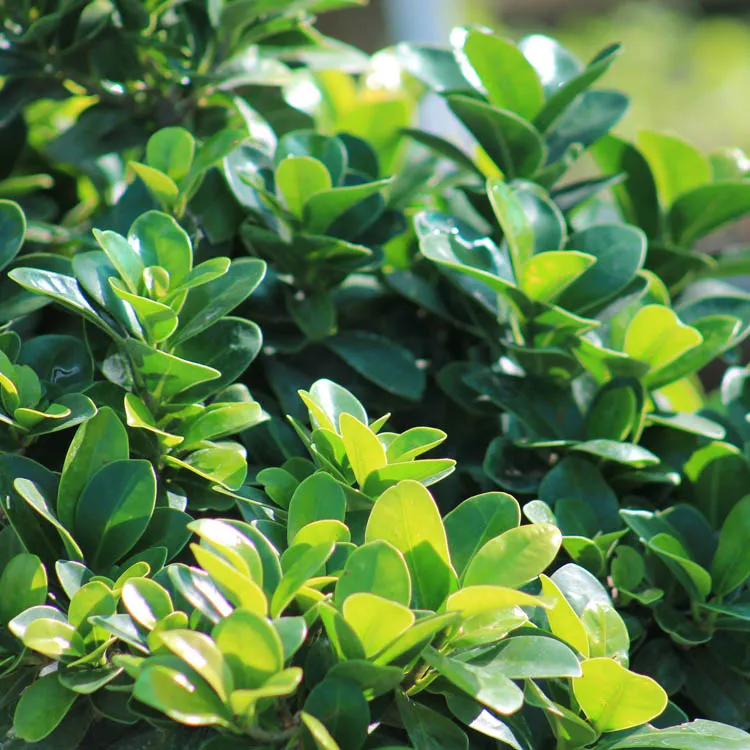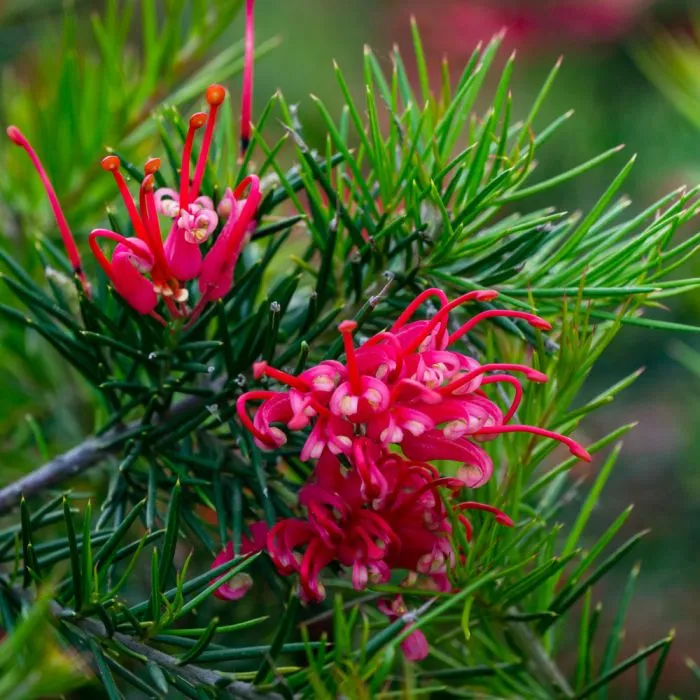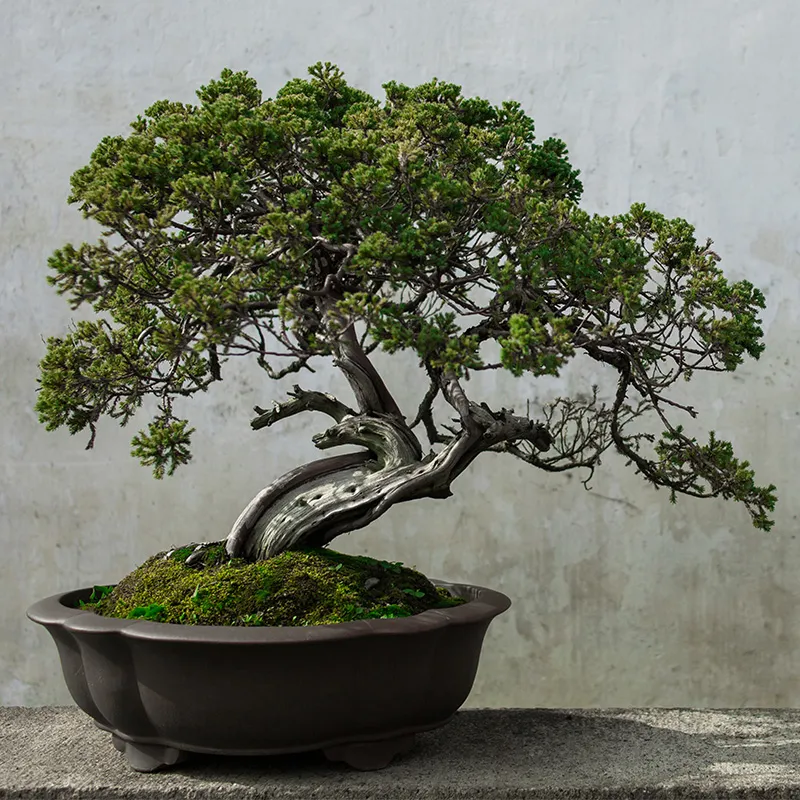The metasequoia, also known as the Chinese metasequoia, or water fir, is a tree native to China that was thought to be permanently extinct on earth. It made headlines when it was discovered in 1941 in the Sichuan region of China. This very robust conifer is from the same family as the redwood (the prefix Meta meaning "close to"). He's a close cousin and they have a lot in common.
They are tall, sometimes very tall, trees with a straight and slender trunk that can grow to more than 80 meters tall for the giant sequoia (Sequoiadendron giganteum). The metasequoia, on the other hand, can grow up to 50 to 60 meters tall with a trunk that can reach 2 meters in diameter.
In the wild, it is usually found at the edge of ponds. Its leaves are thin, pleasant to the touch, a beautiful tender green in spring, taking on superb autumn colours in pinks, yellow and red.
It is growing rapidly. The fibrous, reddish bark of its trunk takes on tormented shapes after a few years, which makes it interesting in winter.
The metasequoia in bonsai
+ Family: Taxidiaceae
+ Origin: China, Sichuan region
+ Foliage: glossy green resembling yew leaves (Taxus); is adorned with splendid autumnal colours of orange-brown and then reddish-brown before losing its needles
If you're looking for a tree to train a straight-style bonsai (Chokkan), the metasequoia is the perfect candidate. While this style is very technical to achieve with other species, the metaredwood gives you a strictly vertical natural habit.
It is also a tree that lends itself wonderfully well to the creation of bonsai forests. It's a style that we really like at the nursery, because it allows us to be creative and depict real landscapes in miniature.
Metasequoia bonsai are rarely small because the species is very vigorous and growth is difficult to control on a tree that is too small. So it's best to keep it at least 50 cm tall.
The metasequoia is also interesting in a collection because it is a deciduous conifer.

How do you care for a Metasequoia in bonsai?
Location
It's a sun-loving tree, so find a clear spot for it on the shelves in your collection. It can be left outside all year round without any problems, but it should be supervised in the summer. The Metasequoia likes light, it likes less scorching mid-summer sun which can lead to browning and drying out of its needles. On the hottest days, put it in partial shade, under shade or only give it sun in the morning.
In winter, leave it outside, simply protecting it from heavy frosts. If it tolerates low temperatures, a root ball that is completely frozen for days puts you at risk of drying out. Wind is also an aggravating factor so place it in a sheltered area and during long periods of frost, place it for a day or two out of frost while the root bread thaws.
Watering
It's not called the water fir for nothing. The Metaredwood likes water, especially from spring to fall during the growing season. In case of high heat you will even have to water it twice a day if it is in full sun. The substrate should remain moist but not continually soggy either. If for many bonsai we advise to let the substrate dry on the surface before watering again, the Metasequoia must be watered abundantly in the summer.
During the winter, when the leaves have turned brown or have fallen, water requirements are lower.

Substrate & Repotting
It is a fast-growing tree, and repotting is done every 2 to 3 years by cutting off no more than 1/3 of the roots. On a more mature bonsai, you can space out the repotting and only do this when the root ball becomes too compact for water to enter.
Repot just before the buds bloom, usually in March.
Even though they like cool, moist soil, the Metasequoia also doesn't like to have their feet in the water. The substrate must retain enough moisture but at the same time must be sufficiently draining to prevent root rot.
Fertilization
It's already a fast-growing tree, so if you're fertilizing with nitrogen fertilizer, only use it in the spring. The rest of the time, prefer an organic fertilization richer in Phosphorus and Potassium to avoid having too vigorous shoots and too long internodes.
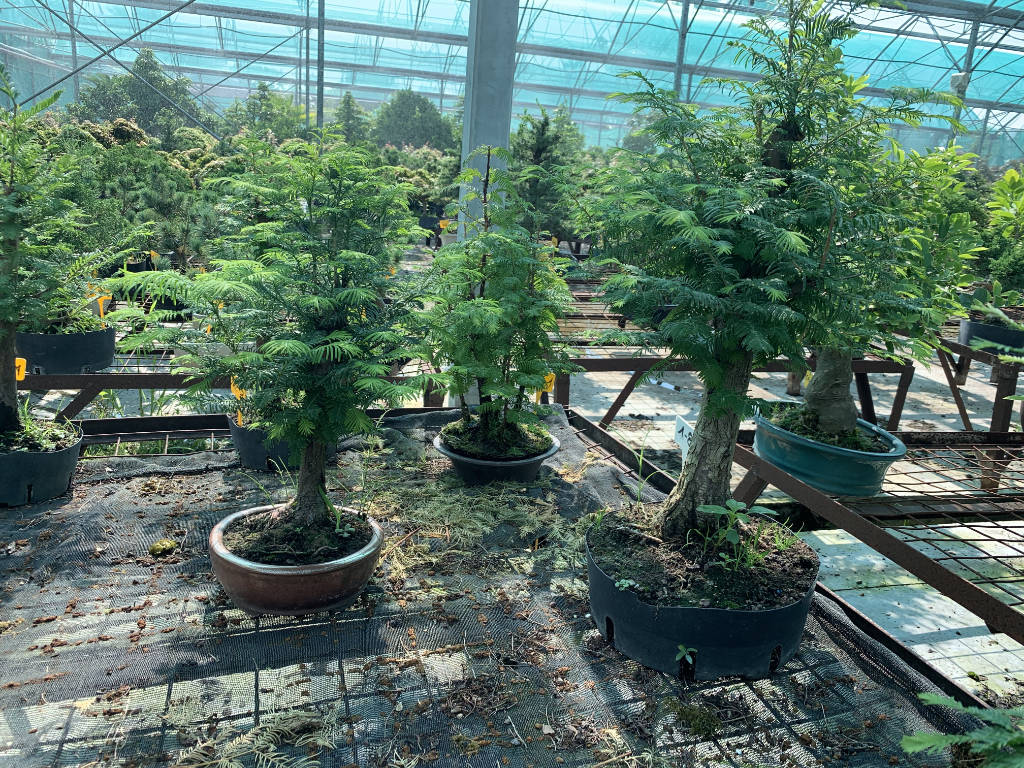
How do you prune a metasequoia?
The structure pruning is done during the winter, remove unsightly branches, those with too long internodes or those that have become too large on the crown (and that you will replace with smaller ones).
The metasequoia is very vigorous, with a strong apical tendency. The head is therefore extremely strong and pruning is mainly about controlling this upward growth which is done to the detriment of branching.
- On a well-formed bonsai, pinch off the seedlings to block growth.
- On a bonsai in training, let it grow and prune the new, august twigs just above a branch. On the other hand, you can pinch the head without waiting for the twigs to be lignified to balance the forces and direct the force towards the parts to be developed.
It is a tree that easily emits new buds, so you can easily replace branches and branch them out within a few years.
The wood of the metasequoia is quite subdued, especially on young shoots which can therefore easily be tyed. But as soon as they are 5mm in diameter they become more brittle and the only solution to correct an orientation and to install guy wires. Preferably tying in winter when the tree has no more leaves, it is much easier and you have a better view of the structure.
Did you know? The word "bonsai" originated in the Japanese language and does not take an "s" in the plural. So don't be surprised if you see the word "bonsai" without an s when we're talking in the plural.


 Production of French Bonsai
Production of French Bonsai


